When I travelled to Sicily to discover Italy’s traditional plant-based dishes for my series Vegan Cultures, Panelle was on the top of my list. It’s a popular street food in Palermo, but what surprised me was the use of chickpea flour to create thin chickpea fritters that are then served with a generous drizzle of lemon juice in a bread bun.
I visited Antica Focacceria San Francesco to learn how they make it and witnessed nothing short of a theatrical spectacle. Once the chickpea batter is made, two chefs man the counter. One of them spreads the warm batter over saucers and sends them flying to his colleague, who taps their surface to see if they have already set, before removing them and shooting the saucer back. With only a few saucers on rotation, dozens of panelle started stapling up in front of me in just minutes.
Once they are fried, they are then packed in a bun and served with just a sprinkle of salt and a drizzle of lemon juice. It’s a simple street food and a common fare amongst students who visit between classes and grab a Pane e Panelle for their lunch.
They are delicious just like that, but in this recipe I’m also offering a small, inauthentic twist, a tangy and slightly spicy gremolata, to cut through the soft textures.
Another traditional Palermo street food is Cazzilli which is often even served alongside panelle in a bun for a Pane, Panelle e Cazzilli.
Serves 4
Ingredients
Panelle
-
15g parsley
-
250g chickpea flour
-
1/3 tsp black pepper
-
1 tsp salt
-
750 ml water
-
8 burger buns
-
1l vegetable oil for frying
-
1 lemon for serving
-
flakey salt for serving
Gremolata (optional)
-
50g parsley
-
10g mint
-
2 garlic cloves
-
1 red chilli
-
1/4 tsp salt
-
1 unwaxed lemon
-
4 tbsp olive oil
Method
Remove most of the parsley stalks and finely chop the leaves. Line a large baking tray.
Add the chickpea flour to a saucepan along with the pepper, salt and parsley. Then whisk in the water until there are no clumps left.
Bring the mixture to a boil while whisking it constantly to avoid it from sticking and burning on the bottom of the pan. Lower the temperature to a simmer, switch to a spatula and keep stirring until the mixture begins to thicken (1-2 min). Continue cooking for around 5 minutes until it has thickened into a thick batter that pulls away from the sides and doesn’t level out anymore. Turn off the heat.
Pour the mixture onto the lined baking tray and spread it out with a spatula until you have a thin layer. Let it cool entirely (30 min).
For the gremolata, twist off the leafy bit of the parsley, pick the mint leaves and add both to a small bowl of a food processor. Peel the garlic, trim and deseed the chilli. Roughly chop both and add them to the processor as well along with the salt. Then pulse until finely chopped. Grate in the zest of the lemon, followed by 3 tbsp of lemon juice and the olive oil and stir to mix through.
Heat the oil to 170°C. While the oil is heating up, cut the panelle into roughly 7 cm x 7 cm squares. Then fry 4-5 squares at a time for around 4 minutes until they are golden brown. Place a few paper towels on a cooling rack. Once the panelle are cooked, let them drain off any excess oil on the paper towels. Continue with the rest until all the squares are fried. Then serve in the baps with a sprinkle of sea salt, an extra squeeze of lemon juice and, optionally, the gremolata.
As an Amazon Associate I receive a small commission from affiliate links on this page.
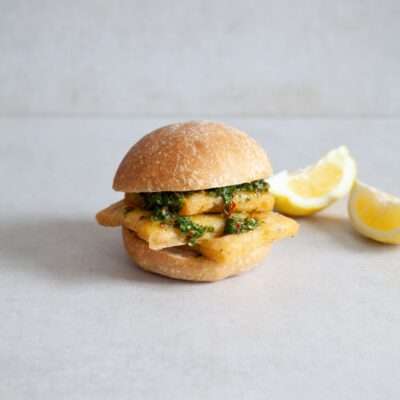
Pane e Panelle
Ingredients
Panelle
- 15 g parsley
- 250 g chickpea flour
- 1/3 tsp black pepper
- 1 tsp salt
- 750 ml water
- 8 burger buns
- 1 l vegetable oil for frying
- 1 lemon for serving
- flakey salt for serving
Gremolata (optional)
- 50 g parsley
- 10 g mint
- 2 garlic cloves
- 1 red chilli
- 1/4 tsp salt
- 1 unwaxed lemon
- 4 tbsp olive oil
Instructions
- Remove most of the parsley stalks and finely chop the leaves. Line a large baking tray.
- Add the chickpea flour to a sauce pan along with the pepper, salt and parsley. Then whisk in the water until there are no clumps left.
- Bring the mixture to a boil while whisking it constantly to avoid it from sticking and burning on the bottom of the pan. Lower the temperature to a simmer, switch to a spatula and keep stirring until the mixture begins to thicken (1-2 min). Continue cooking for around 5 minutes until it has thickened into a thick batter that pulls away from the sides and doesn’t level out anymore. Turn off the heat.
- Pour the mixture onto the lined baking tray and spread it out with a spatula until you have a thin layer. Let it cool entirely (30 min).
- For the gremolata, twist off the leafy bit of the parsley, pick the mint leaves and add both to a small bowl of a food processor. Peel the garlic, trim and deseed the chilli. Roughly chop both and add them to the processor as well along with the salt. Then pulse until finely chopped. Grate in the zest of the lemon, followed by 3 tbsp of lemon juice and the olive oil and stir to mix through.
- Heat the oil to 170°C. While the oil is heating up, cut the panelle into roughly 7 cm x 7 cm squares. Then fry 4-5 squares at a time for around 4 minutes until they are golden brown. Place a few paper towels on a cooling rack. Once the panelle are cooked, let them drain off any excess oil on the paper towels. Continue with the rest until all the squares are fried. Then serve in the baps with a sprinkle of sea salt, an extra squeeze of lemon juice and, optionally, the gremolata.
Video



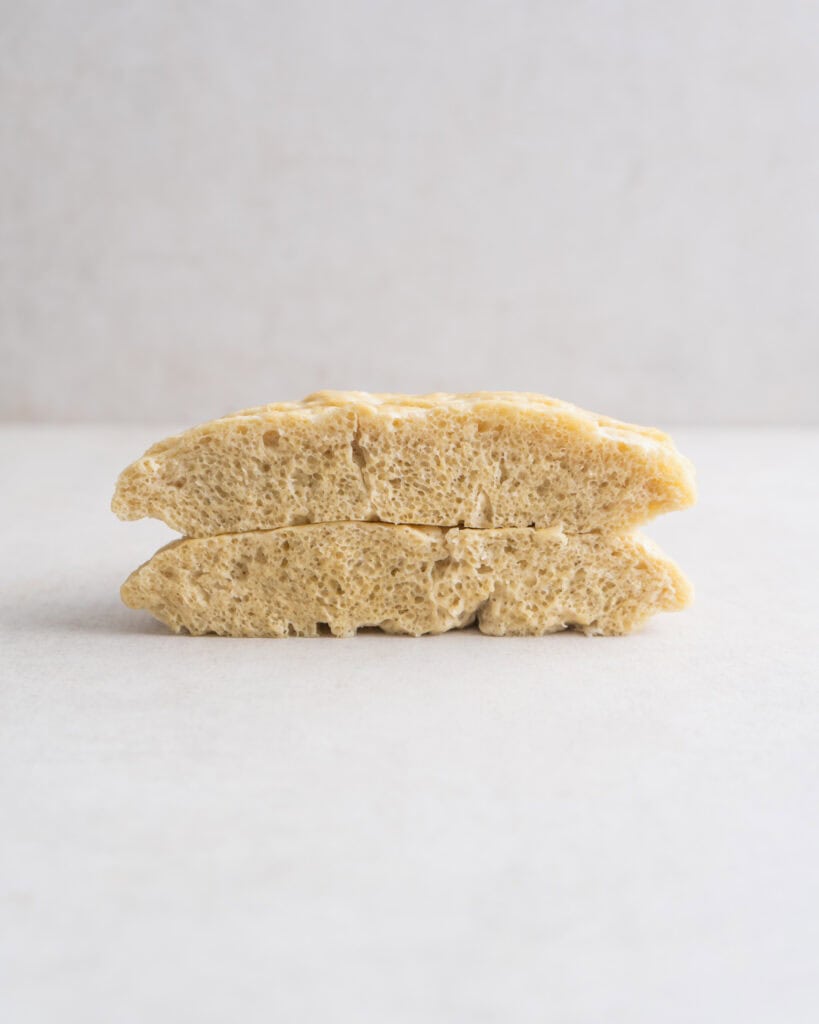
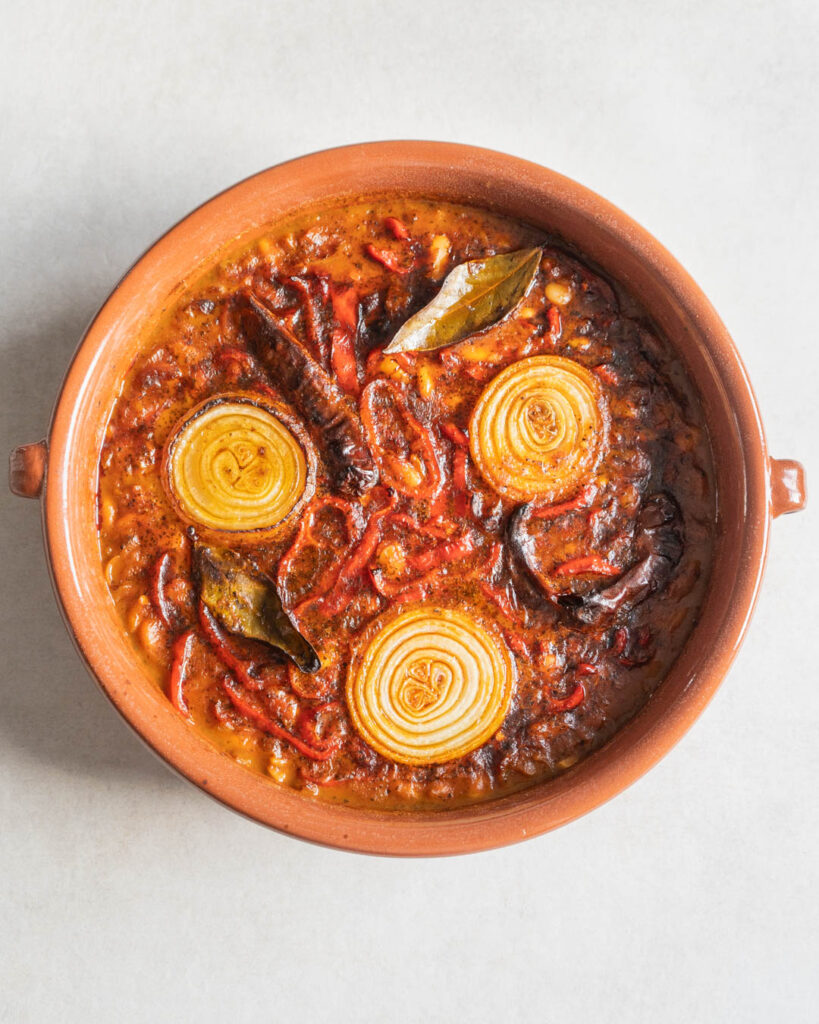
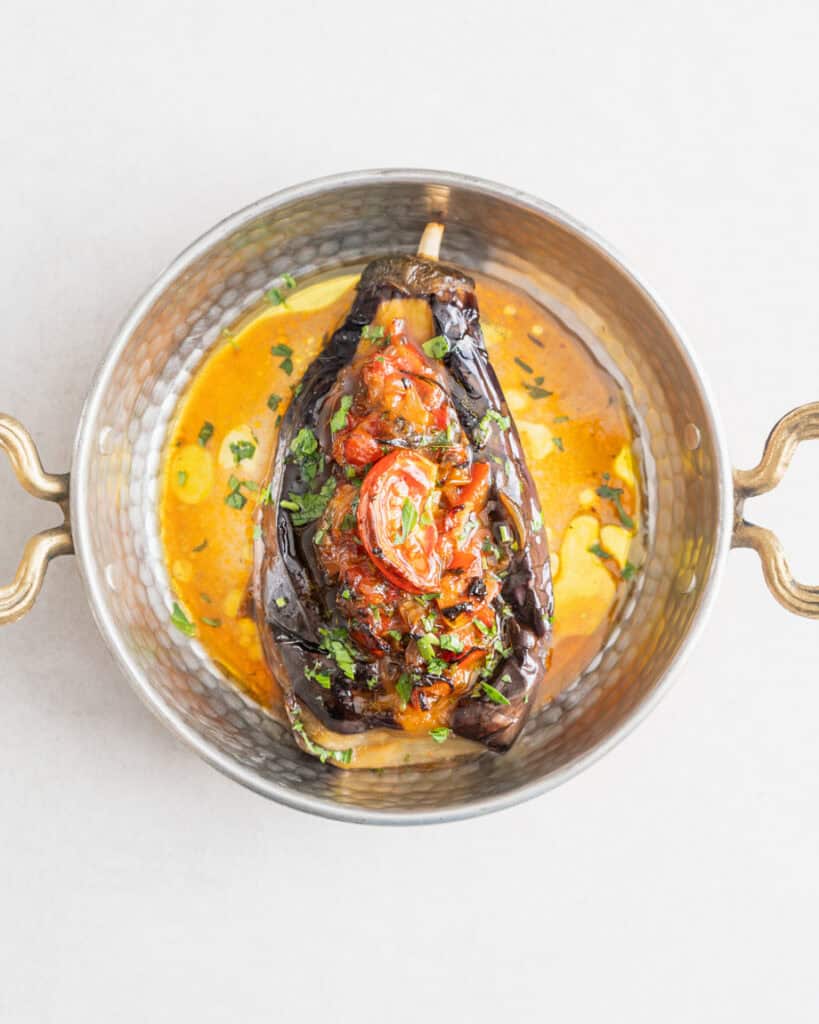
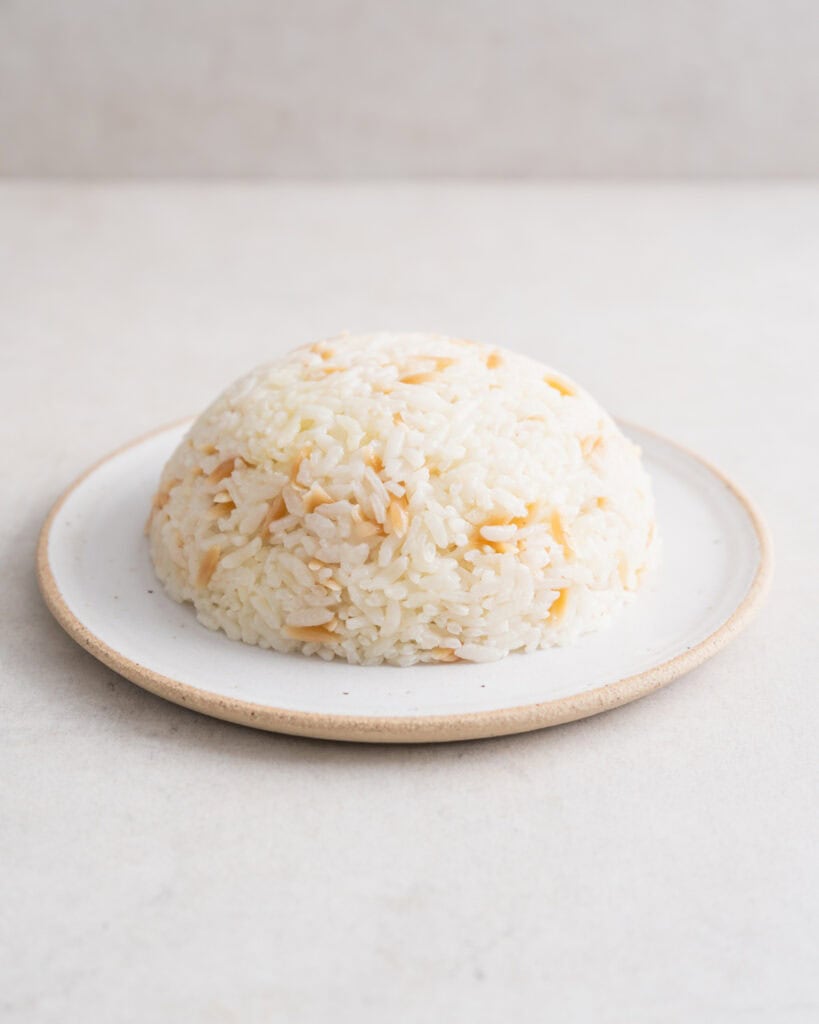




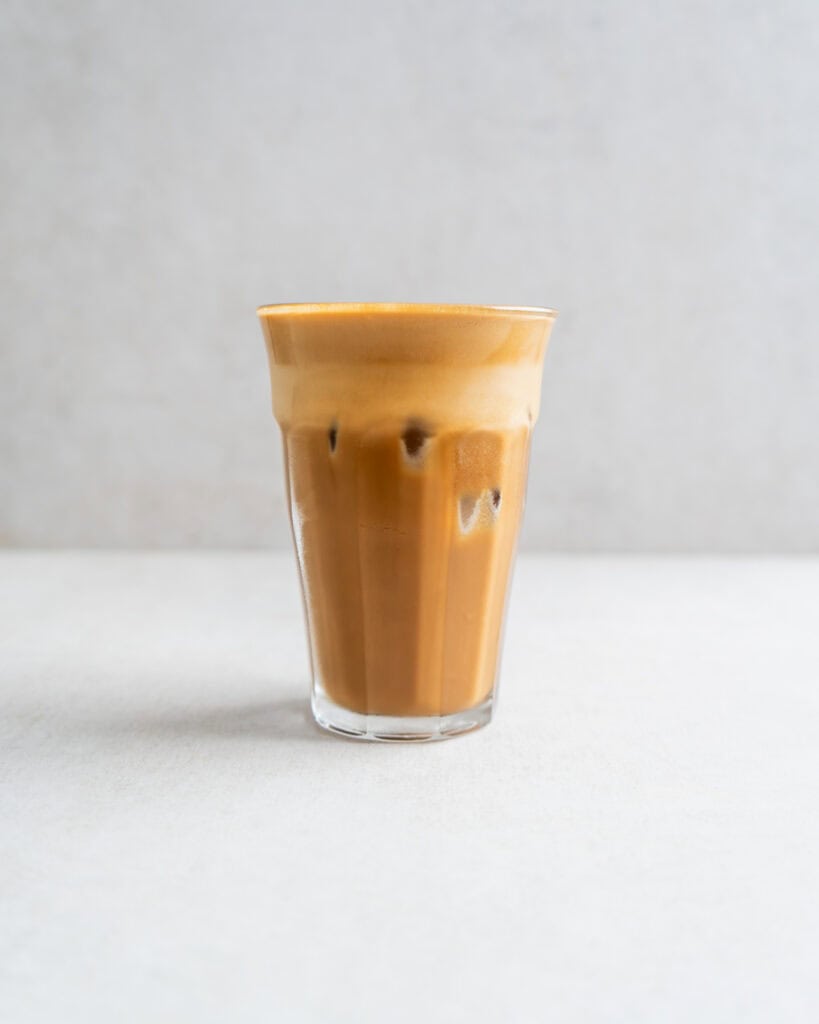
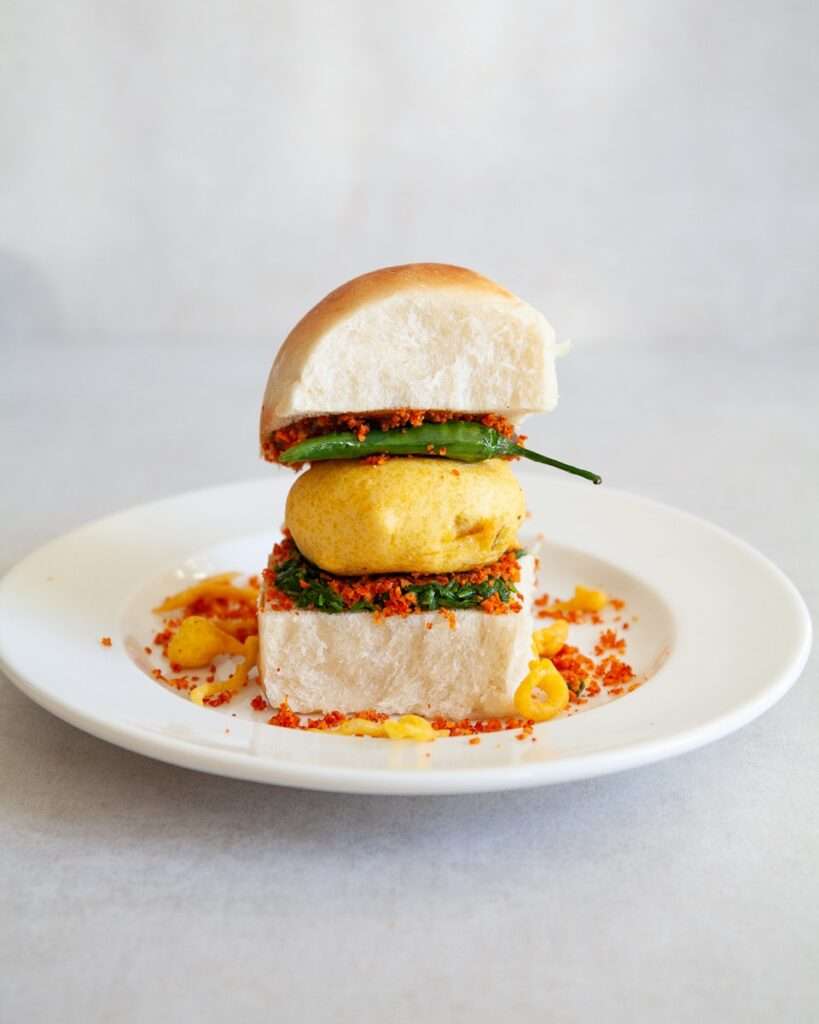
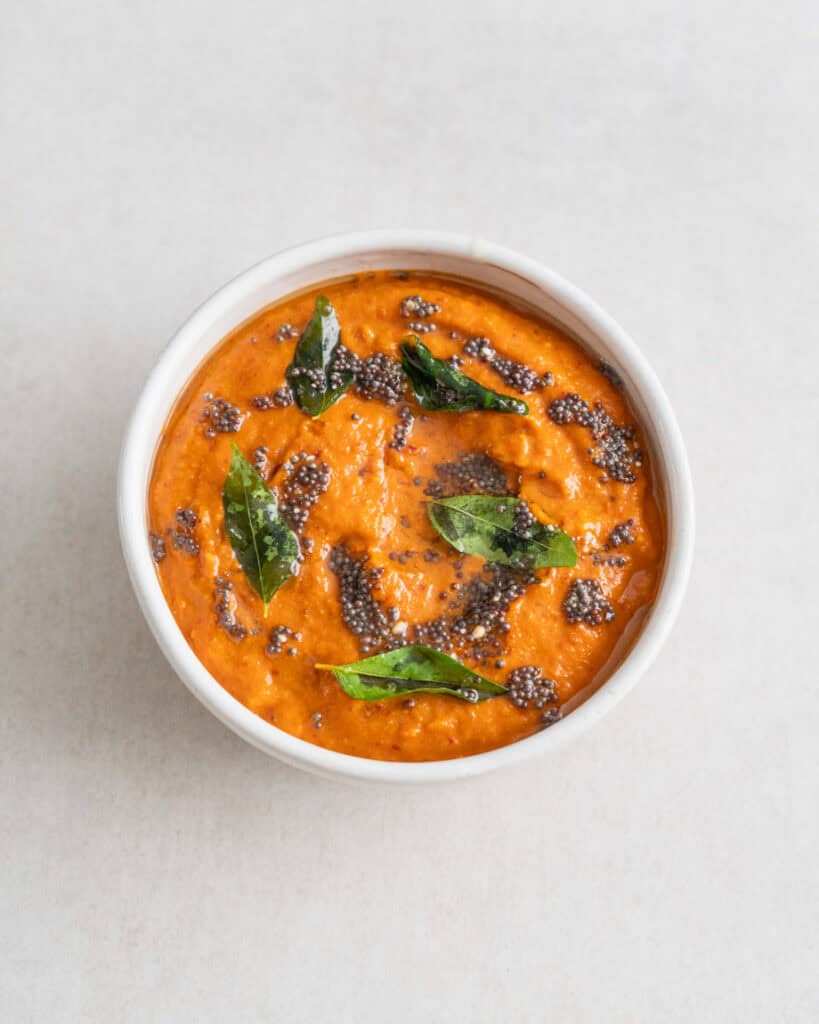
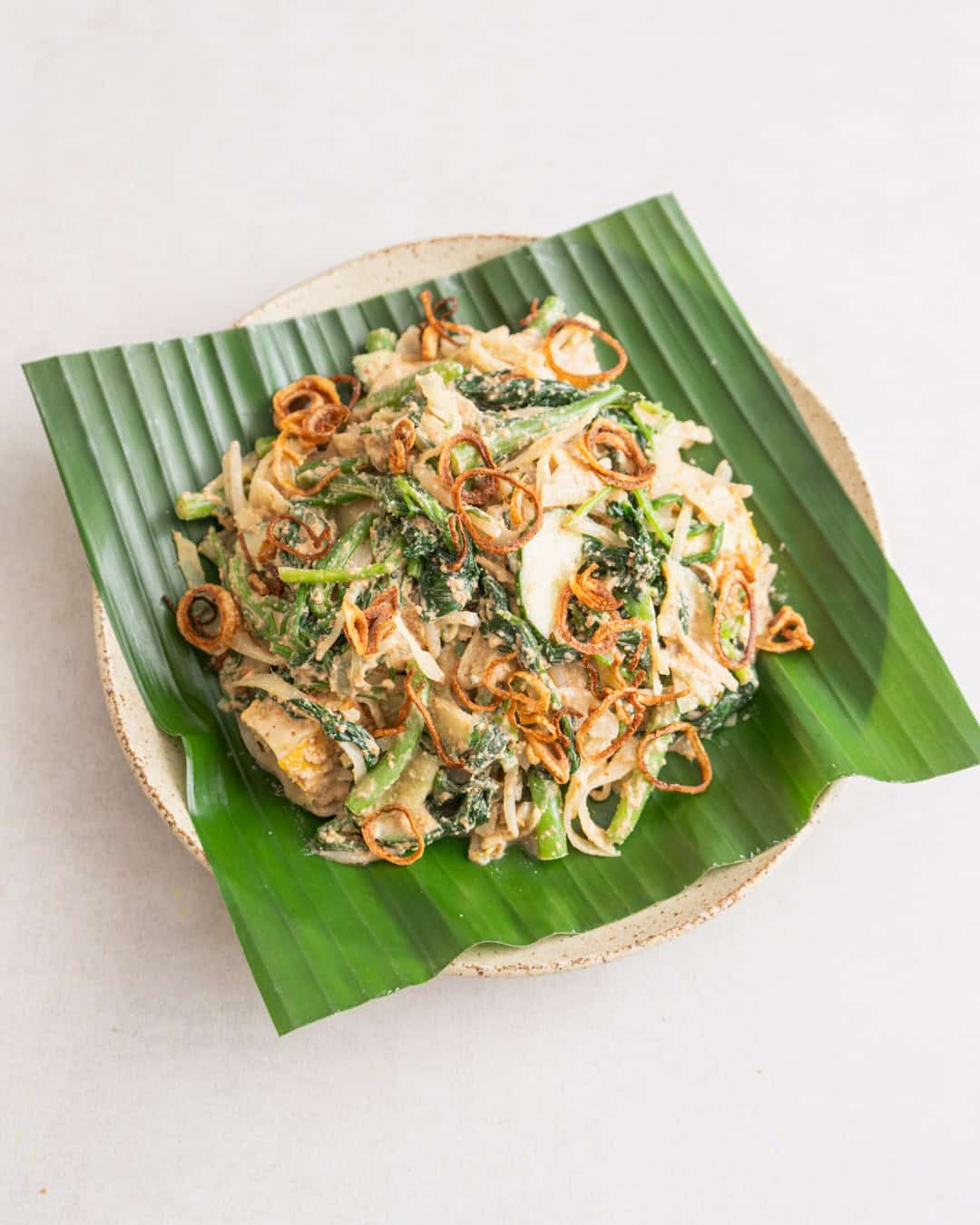
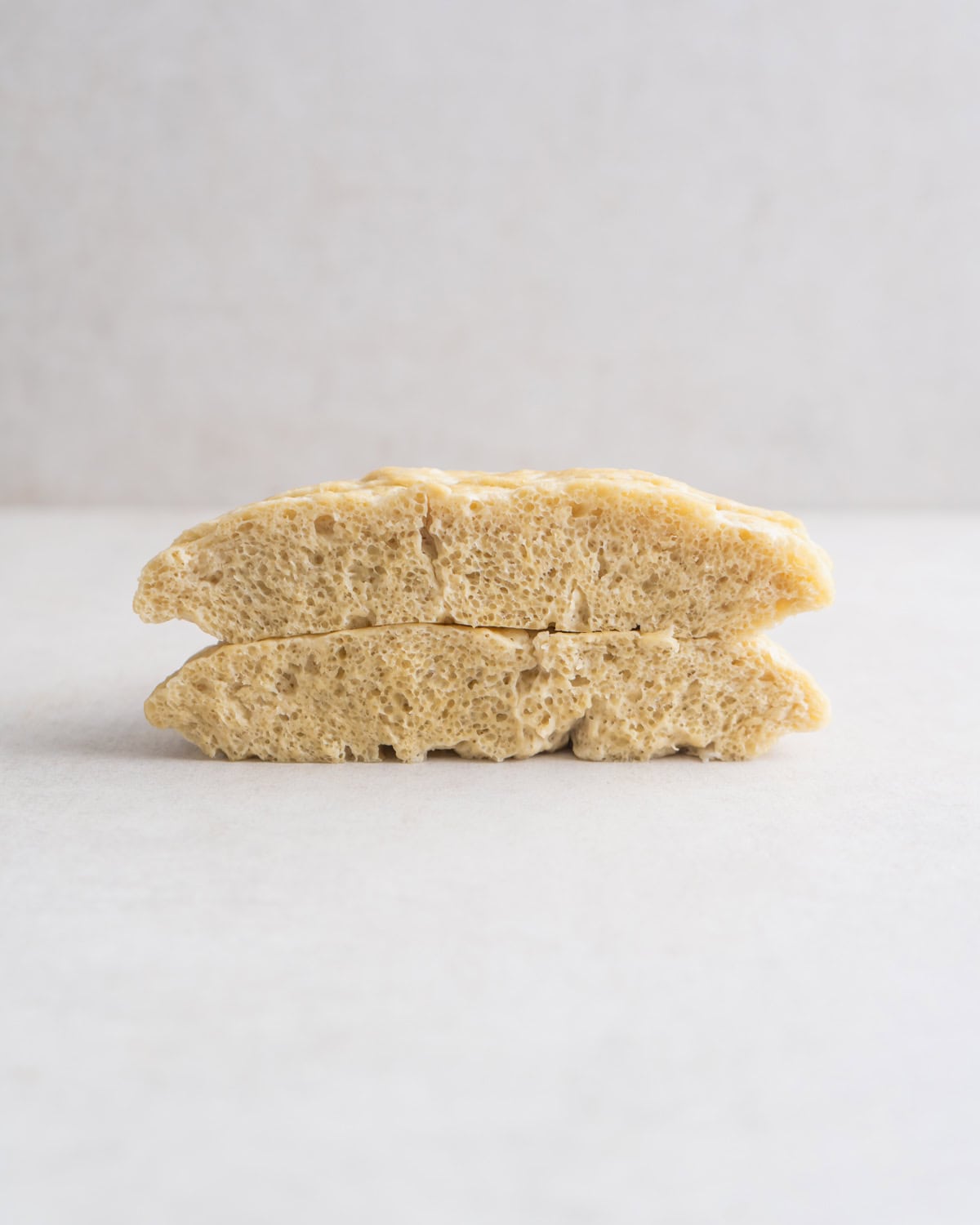

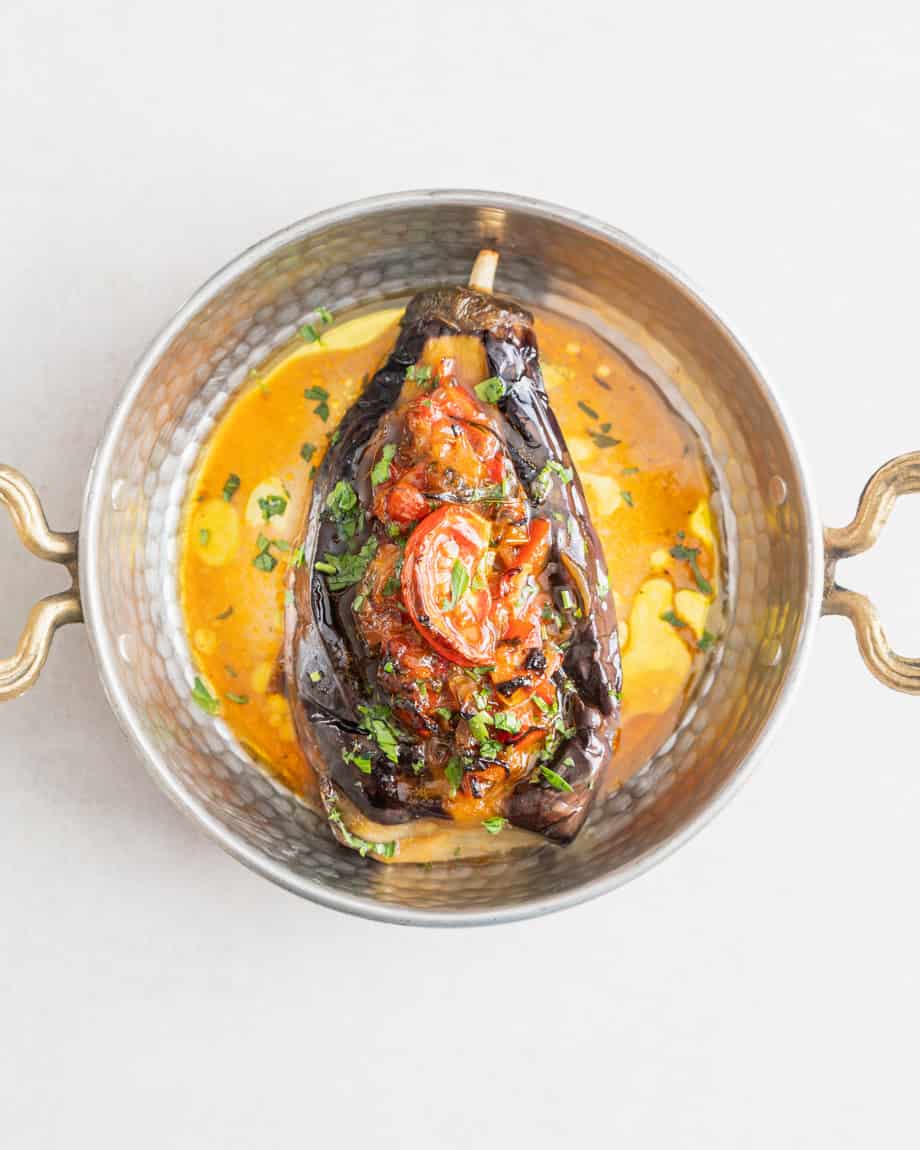

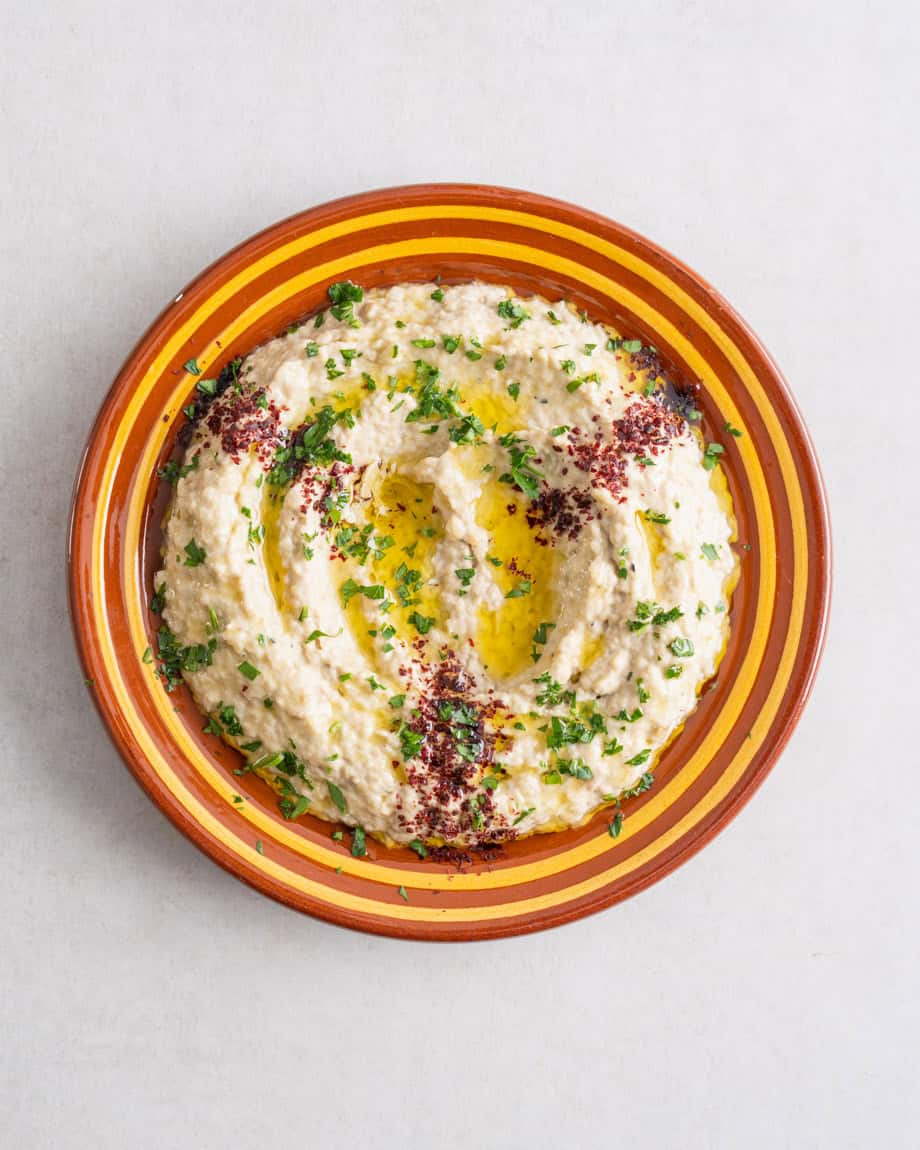
0 Comments